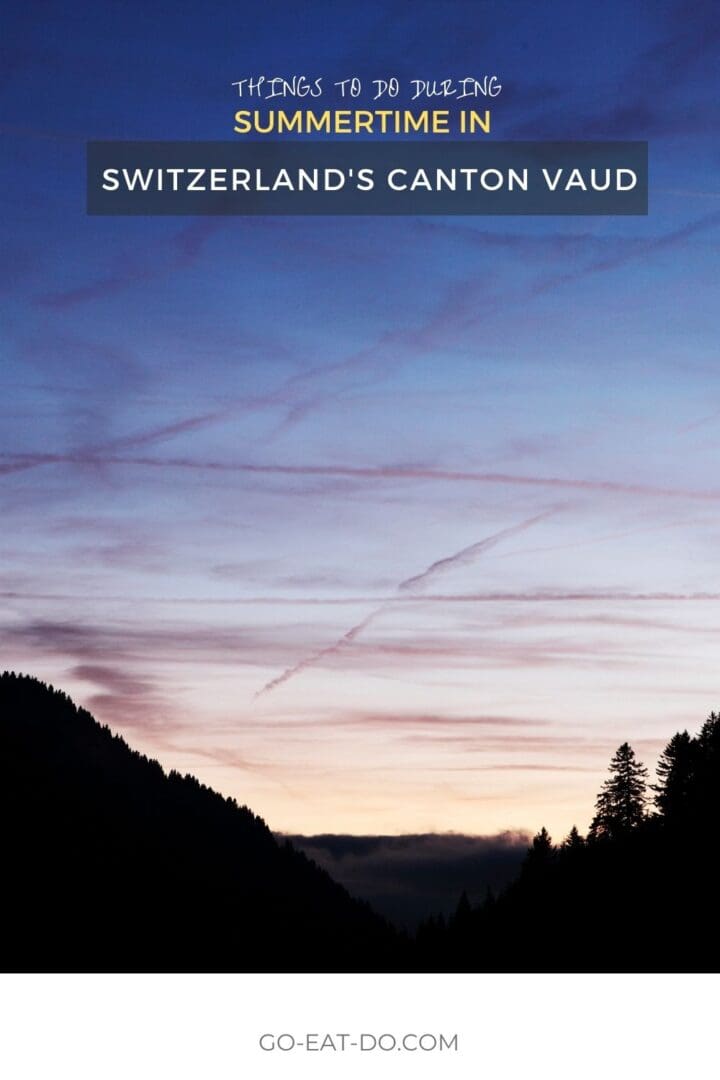Stuart Forster looks at things to do in summertime in Switzerland’s Canton Vaud in the Lake Geneva Region.
Looking across the Rhone Valley from the Swiss town of Villars and you’ll see seven jagged summits gnawing 3,257 metres into the sky. Ask a French-speaking local the name of peaks and you’ll be told they are the Dents du Midi meaning ‘the teeth of the south.’
If you enjoy mountain scenery there’s certainly plenty to get your teeth into in Switzerland’s Lake Geneva region. Vaud, a canton that joined the Swiss Confederation in 1803, stands central to the region. Within its boundaries, you can visit the Alps, of which the Dents du Midi are a part, plus the Jura range of mountains.
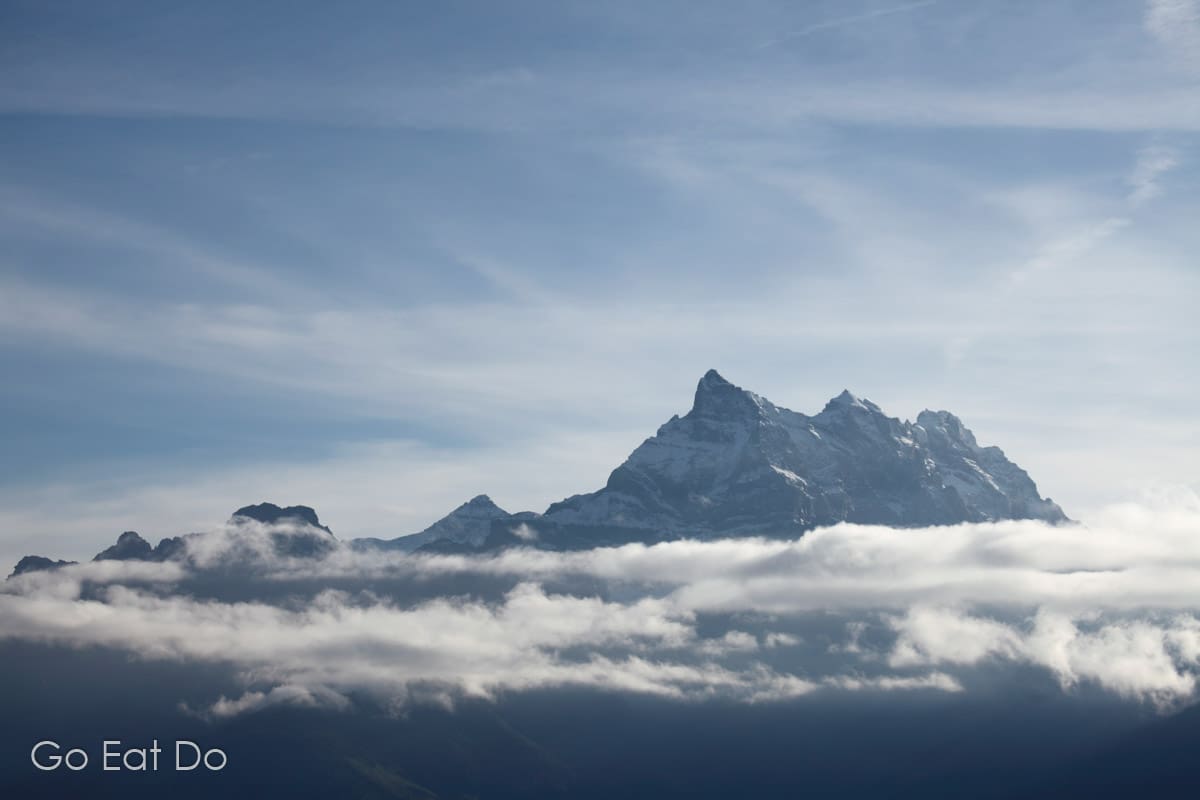
Hiking in Switzerland
The Jura are not so rugged as the Alps, nor do they match their altitude. The peaks of the Waadtlaender Jura rise to around 1,700 metres above sea level. Their densely forested slopes make them scenic. Trails through their arboreal coverage prove popular with walkers of all ages.
The mountains themselves were forced upwards during the Cenozoic Era – about 65 million years ago – around the same time as the Alps were formed. However, the Jura’s limestone base is significantly older and, as their name hints, can be dated to the Jurassic period, of around 200 to 145 million years ago.
The Prussian geographer and naturalist Alexander von Humboldt did indeed find fossils in what he termed the Jura Limestone but none of the Tyrannosaurus Rex, which may have terrorised visitors to Jurassic Park but actually walked the earth as recently as 68 to 66 million years ago, long after the Jurassic period.
The Jura are dwarfed by the Alps and the highest peak in Vaud is on the Diablerets massif, at an altitude of 3,209 metres. The Dents du Midi, in case you are wondering, are in the neighbouring canton, Valais.

Golf in Switzerland
You don’t need to be into winter sports or a skilled climber to appreciate the Alpine scenery in Switzerland. In winter, skiers and snowboarders are drawn to the mountains above Villars-Gryon to enjoy 125km of pistes. Some zip straight over the top of the inclined, snow-covered fairways of Golf Club Villars. Walking the golf course provides outstanding views of the region.
Early Alpine tourists, in the mid-19th century, would have needed to carefully prepare if they wished to reach the summit of the Col du Pillon (1,546m) or gaze at Tsanfleuron Glacier above Villars. Today the latter is known as Glacier 3000, due to its altitude, and cable cars make the ascent accessible.
A sleek, modern mountaintop building – something that might not look out of place in a James Bond movie – houses the Restaurant Botta, named after its designer, the architect Mario Botta. On clear days diners have panoramas of snow-capped summits, including views of the Matterhorn, which peaks at a prodigious 4,478 metres above sea level. Many people come here to relax on sun loungers and enjoy the views on sunny days rather than to exert themselves descending the 7km long Olden piste.
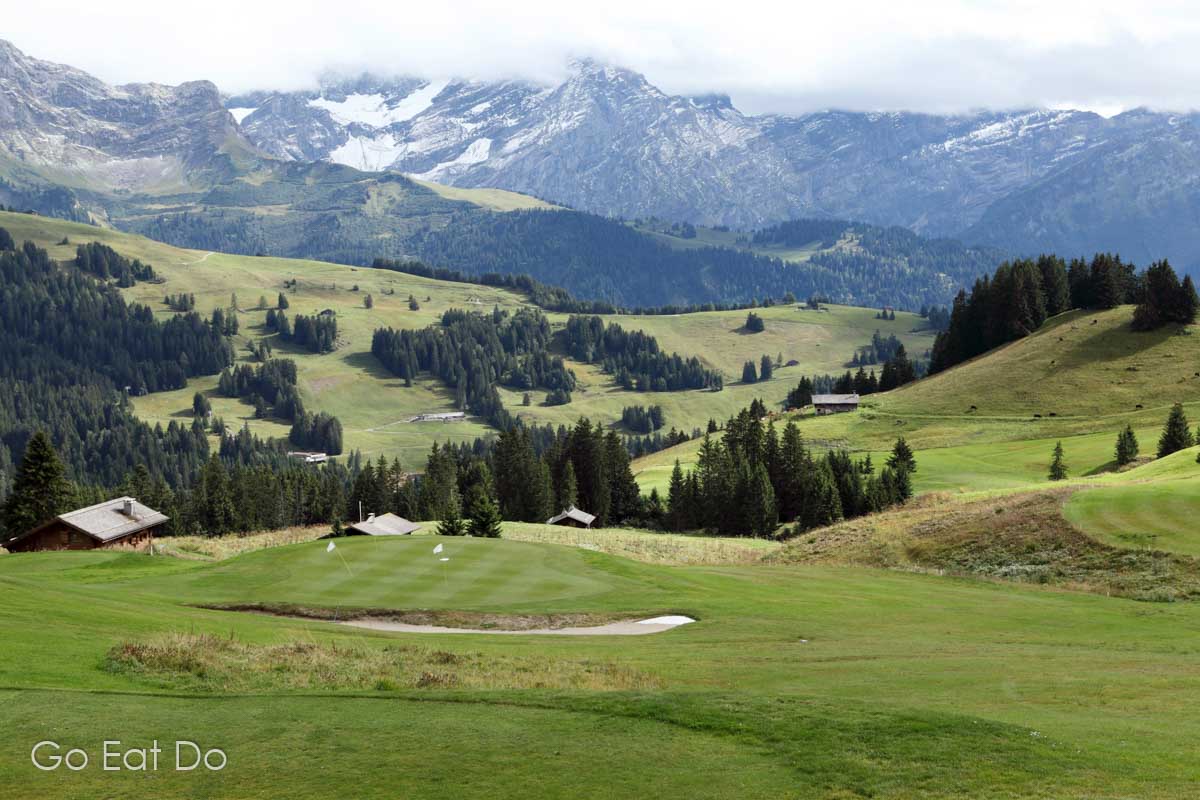
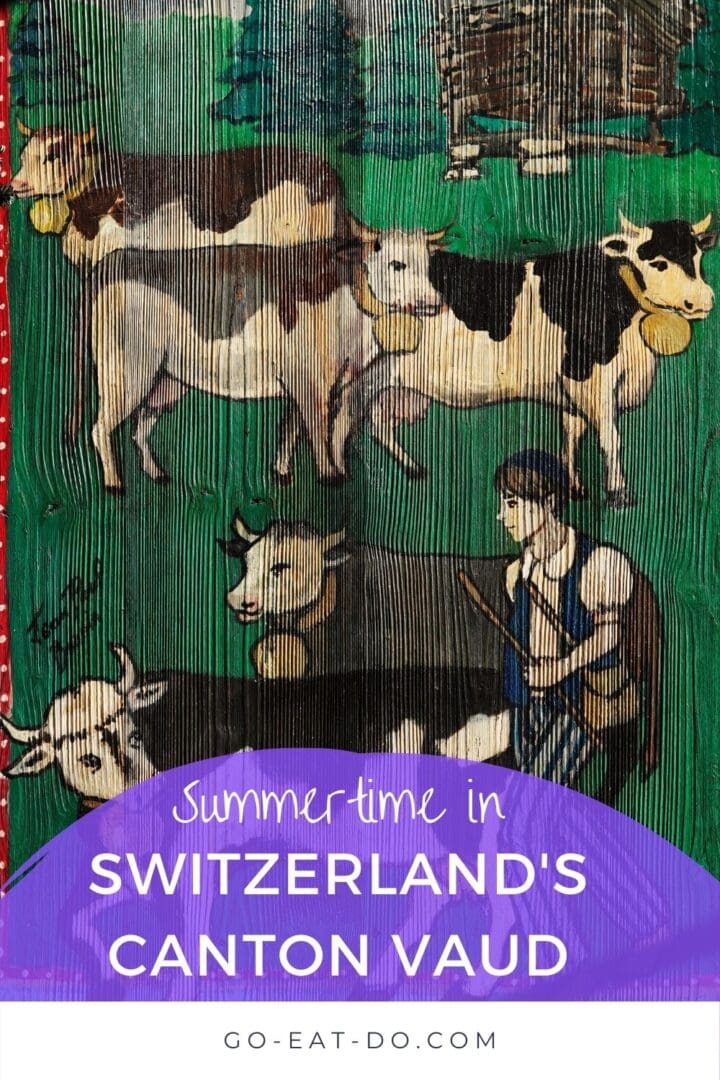
Visiting Bex Salt Mine
If the weather proves less favourable you could always take shelter underground while exploring a historic attraction. The importance of winter sports on the region’s economy might lead you to think it’s snow that the Swiss would nickname ‘white gold.’ In actual fact, the term has long been associated with salt. For centuries salt was essential for the preservation of food. Bex Salt Mine has been a source of this valuable commodity since 1684.
The narrow-gauge trains once used by salt miners to reach their place of work now take you into the heart of the mountain. Guides then lead you on foot to explain the history of the mine on a guided tour lasting approximately an hour. An audio-visual presentation, providing detailed background information, is held at the site of a reservoir excavated in 1826.
Trains also prove an effective way of travelling around the Lake Geneva Region. Many travellers fly into Geneva, at the western edge of Lake Geneva. The outline of the lake, when seen on a map, bears a striking resemblance to the arched form of a leaping yet tailless fish. Geneva would be located at the tail while Villars is situated in front of the head.
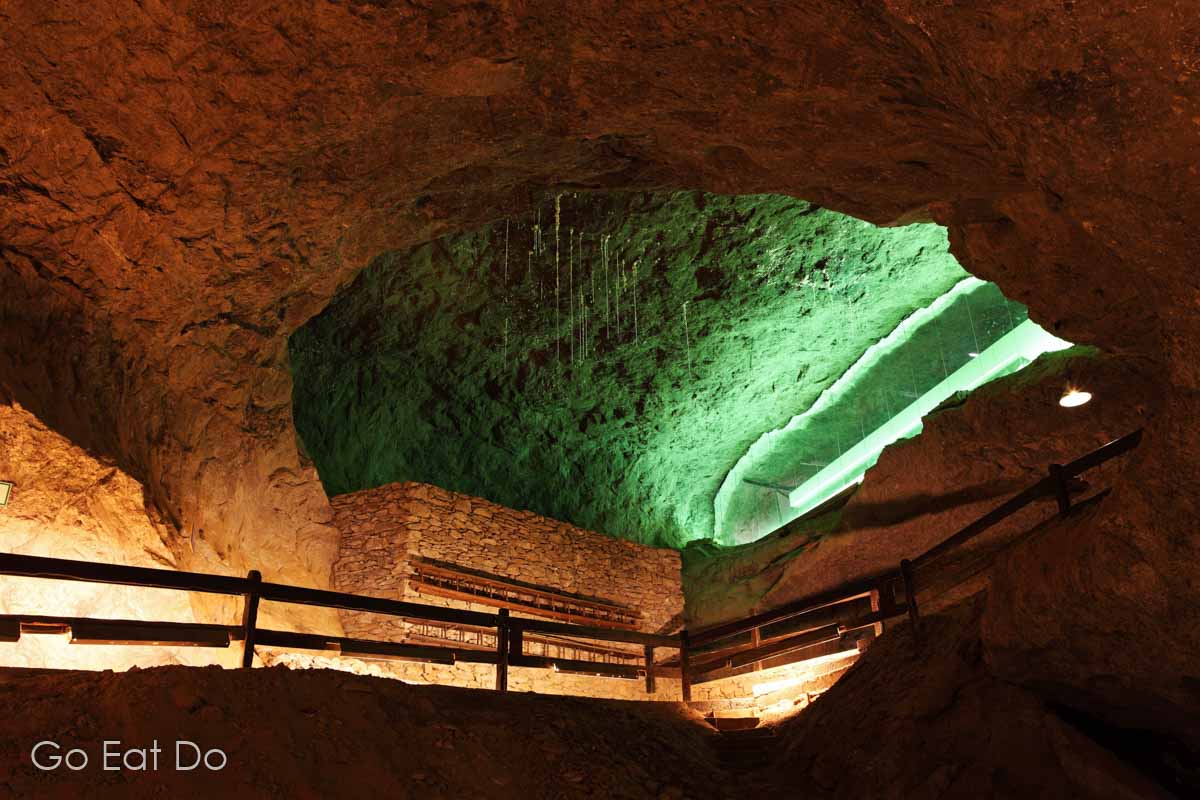
Rail travel in Switzerland
Trains skirt along the scenic north shore of the lake – through Lausanne, the capital of the Olympic movement, and Montreux, a city renowned for its annual jazz festival – then use their rack and pinion system to climb into the mountains. It’s worth having a camera at hand throughout the journey.
Swiss cheese is known throughout the world and the hamlet of Etivaz gives the name to one of the country’s finest. Production of Etivaz takes place from May to October on farms between 1,000 and 2,000 metres above sea level. Alpine herbs consumed by grazing cows help give the cheese a distinctive flavour. Wheels of freshly made cheese are delivered to the La Maison de l’Etivaz, where they mature with the help of salting and regular turning.
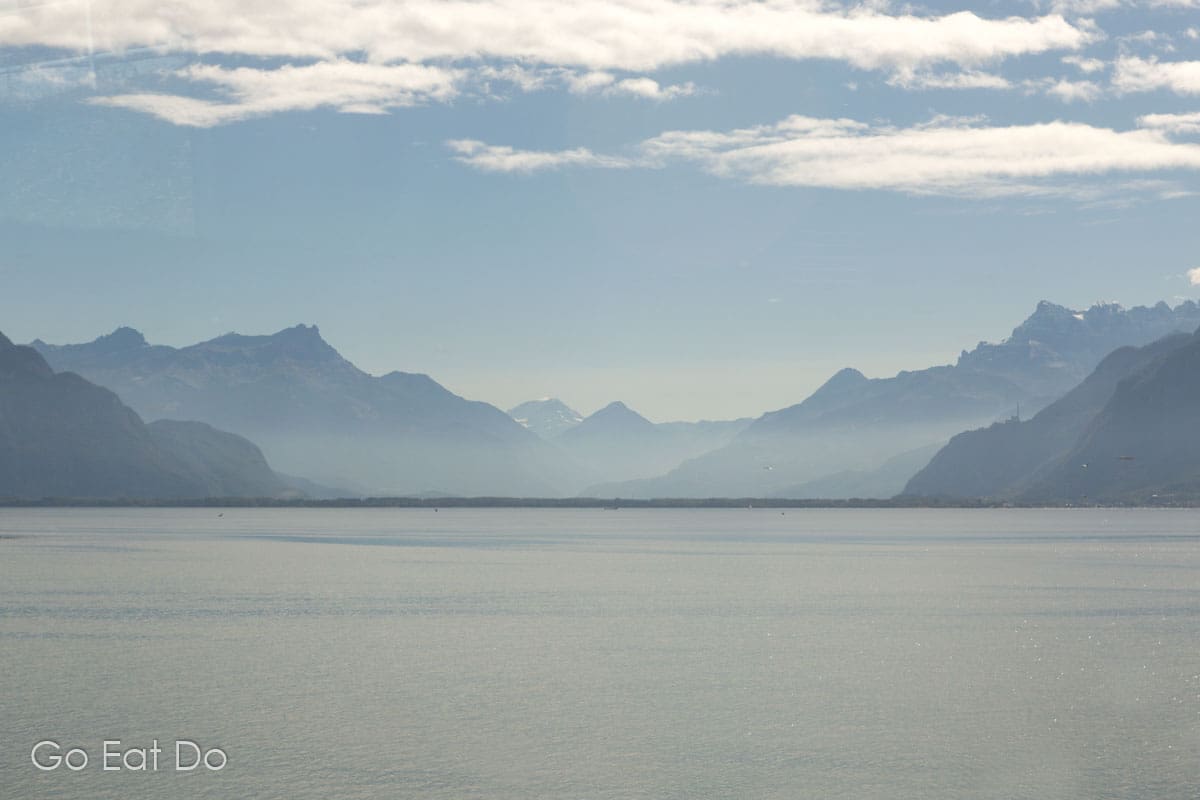
Sharing fondue and drinks
At Le Chalet in Château-d’Oex you can see demonstrations of traditional cheese making over a log fire. The wooden building dates to 1837. You can also taste cheese fondue, a national delicacy and a dish made for sharing, at Le Chalet. There’s more technique than initially meets the eye to scooping up gloopy fondue on pieces of skewered bread. According to a light-hearted local tradition, diners who lose their bread in the fondue pot end up paying for a round of drinks.
Fondue isn’t the only method of consuming mountain cheese. Within the Refuge de Solalex, in the mountain hamlet of Gryon, you can take a seat by the fireside and watch as cheese is melted by the fire for raclette, another popular Alpine dish.
As locals well know, there’s much to explore in the mountains of the Lake Geneva Region and good food is essential to making the most of life.
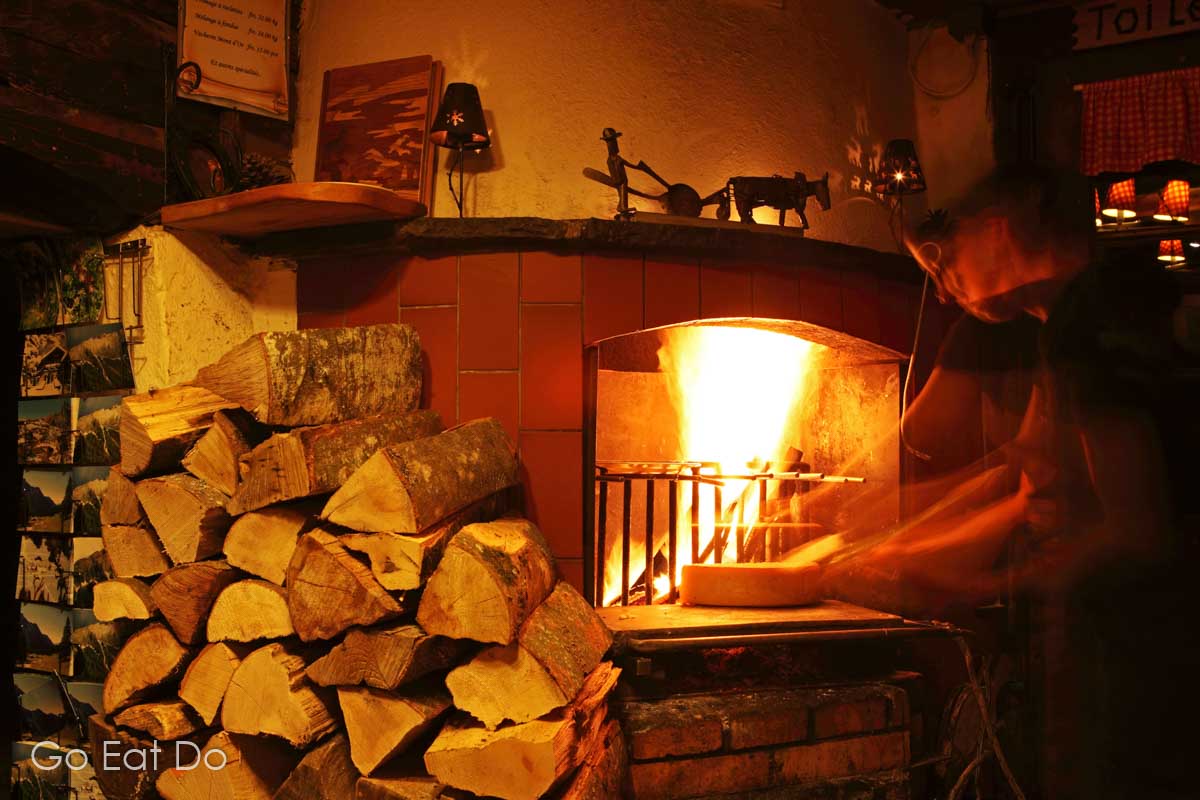
Further information
The Switzerland website holds tourism-related information. The SBB website has information about public transport and tickets.
Photos illustrating this post are by Why Eye Photography.
Stuart Forster, the author of this post, is an award-winning travel writer who speaks fluent German. Stuart is a keen walker, cyclist and skier. He has visited Switzerland many times.
Thank you for visiting Go Eat Do and reading this post about summertime in Switzerland’s Canton Vaud. You may also find this post about winter in Switzerland’s Lake Geneva Region insightful.
If you enjoyed this post why not sign up for the free Go Eat Do newsletter? It’s a hassle-free way of getting links to posts on a monthly basis.
‘Like’ the Go Eat Do Facebook page to see more photos and content.
A version of this post was first published on Go Eat Do on 7 April 2015.
